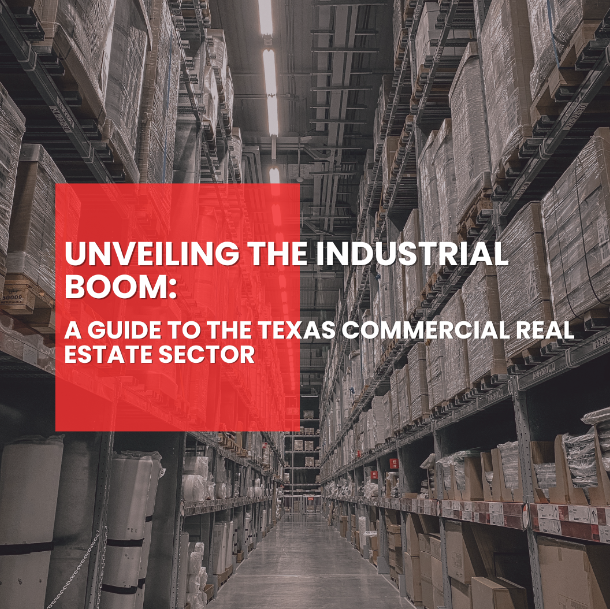Navigating the Evolution of Commercial Spaces Post-Pandemic
As we step into a new Post-Pandemic era, the commercial real estate landscape has undergone a profound transformation. The pandemic catalyzed an unprecedented shift, redefining the very essence of commercial spaces. Businesses, both big and small, have embraced innovation to adapt and thrive in this evolving environment.
Embracing Flexible Designs
Flexibility has become the cornerstone of commercial spaces. The traditional office layout has evolved into a more adaptable, versatile environment. Hybrid work models are the new norm, prompting the need for spaces that cater to both in-person collaboration and remote work. Offices now prioritize modular furniture, convertible meeting areas, and technology-driven solutions that facilitate seamless virtual connections.
Reimagining the Purpose of Spaces
The pandemic forced a reassessment of the purpose of commercial spaces. Retail stores are embracing experiential designs, transforming shopping from a transactional experience to an immersive journey. Restaurants and cafes have prioritized outdoor seating, fostering a safer and more inviting atmosphere. The focus has shifted from merely selling products to creating memorable experiences that resonate with customers.
Prioritizing Health and Safety
Health and safety considerations have become paramount. Businesses are investing in air filtration systems, touchless technologies, and sanitation stations to ensure the well-being of employees and customers. Redesigning layouts to accommodate social distancing while maintaining productivity has been a critical challenge, leading to creative solutions that balance safety with functionality.
Adapting to the Hybrid Work Model
The rise of remote work has redefined the purpose of office spaces. Many companies are embracing a hybrid work model, allowing employees to work remotely part-time while utilizing office spaces for collaboration and team-building activities. This shift has led to a reconfiguration of office layouts, creating spaces conducive to teamwork and fostering a sense of community among employees.
Tech Integration for Efficiency
Technology has played a pivotal role in adapting commercial spaces. From contactless payment systems in retail stores to advanced communication tools in office settings, businesses are leveraging technology to streamline operations and enhance the overall experience for customers and employees alike.
Future Trends and Predictions
Looking ahead, the evolution of commercial spaces is poised to continue. Concepts like flexible lease terms, co-working spaces, and sustainable designs will likely gain prominence. The focus on creating engaging, multifunctional spaces that cater to diverse needs will persist, shaping the future of commercial real estate.
Conclusion
The pandemic has been a catalyst for change in the commercial real estate sector. Businesses have demonstrated remarkable resilience, adapting their spaces to meet evolving needs. Embracing flexibility, prioritizing health and safety, and leveraging technology have become defining strategies for success. As we move forward, the ability to innovate and adapt will remain crucial in navigating the ever-evolving landscape of commercial spaces.
Are you interested in exploring how these trends might affect your specific business needs? Reach out to me today, and let's embark on this transformative journey together!








